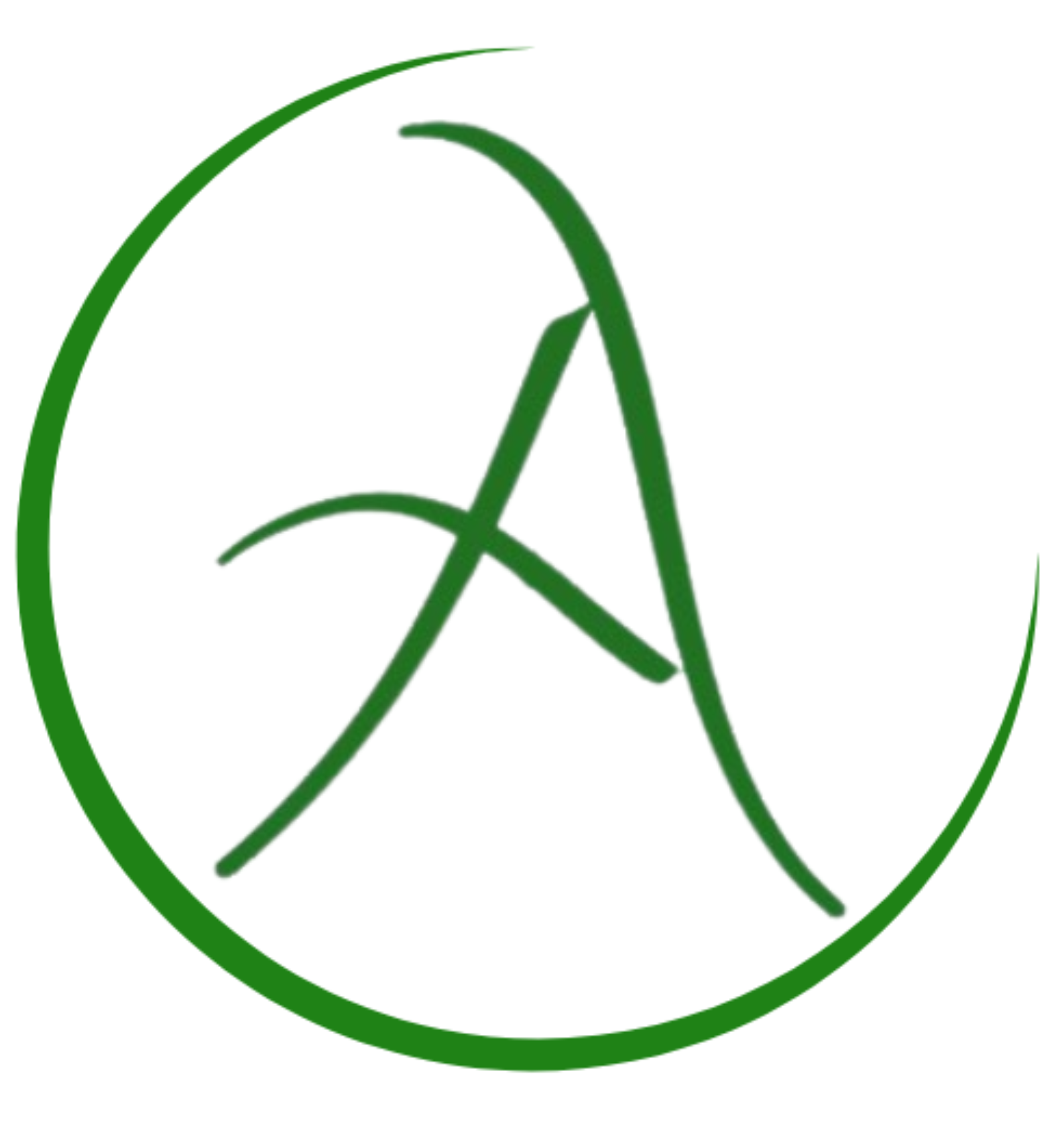Regenerative Economy
-
Module 01: Introduction1.1 Lesson-1: Interested in Regeneration?
-
1.2 Lesson-2: What is Regenerative Economy?
-
1.3 Lesson-3: Principles of Regenerative Economy9 Topics
-
1.3.1 Principle 1: Maintain strong, cross-scale circulation of key flows, such as energy, information, resources, and money.
-
1.3.2 Principle 2: Regenerative and sustained re-investment
-
1.3.3 Principles 3 & 4: Maintain Trustworthy Inputs and Healthy Outputs
-
1.3.4 Principle 5: Maintain a good balance between different types of organizations.
-
1.3.5 Principle 6: Maintain a balanced mix of resiliency and effectiveness.
-
1.3.6 Principle 7: Maintain sufficient diversity
-
1.3.7 Principle 8: Encourage cooperative relationships and principles that are shared by all
-
1.3.8 Principle 9: Encourage positive action and restrict speculative and overly extroverted behavior
-
Principle 10: Encourage efficient, flexible, group learning
-
1.3.1 Principle 1: Maintain strong, cross-scale circulation of key flows, such as energy, information, resources, and money.
-
1.4 Lesson-4: Towards Regenerative Economy1 Quiz
-
Module-02: Go Beyond the Circles2.1 Lesson-1: From Linear to Circular Economy
-
2.2 Lesson-2: The Nested System
-
2.3 Lesson-3: From Focusing on the Product to Focusing on the Process1 Quiz
-
Module-03: Regenerative Economy Mindset Shifting3.1 Lesson-1: Shift Mindset to Transform the System1 Topic
-
3.2 Lesson-2: Shift Mindset: “Doing” to “Being”2 Topics
-
3.3 Lesson-3: Shift Mindset: “Ego” to “Soul”1 Topic|1 Quiz
-
Module 04: Regenerative Economy Framework4.1 Lesson-1: Levels of Paradigm6 Topics
-
4.2 Lesson-2: Understanding Levels of Paradigm as a System
-
4.3 Lesson-3: Evolving a Practice of Regenerative Economics5 Topics
-
4.4 Lesson-4: Quantitative Growth to Qualitative Growth2 Topics|1 Quiz
-
Module 05: Collaborative Approach to Regenerative Economy5.1 Lesson-1: Ecology and Regenerative Economy 1
-
5.2 Lesson-2: Economy of Human Development9 Topics
-
5.3 Lesson-3: Regenerative Approach to Whole Economic Development7 Topics
-
5.3.1 Risks Associated with Traditional Economic Growth
-
5.3.2 A Regenerative Evolutionary Strategy to Creating Community Wealth
-
5.3.3 Developing Place-Sourced Community Intelligence: A Three-Phase Strategy
-
5.3.4 Phase One: Thinking Strategically
-
5.3.5 Phase Two: Changing Systems
-
5.3.6 Phase Three: Institutionalizing Strategic Planning Patterns and Fields
-
5.3.7 The Changes
-
5.3.1 Risks Associated with Traditional Economic Growth
-
5.4 Lesson-4: Regenerative Culture3 Topics|1 Quiz
-
Module 06: Regenerative Investment6.1 Lesson-1: The Role of Businesses2 Topics
-
6.2 Lesson-2: Investing from a Regenerative Mind1 Topic
-
6.3 Lesson-3: Food System Investing in a Regenerative Economy4 Topics|1 Quiz
-
Conclusion
Participants 5727
5.3.7 The Changes
April 2, 2023
When working on a community’s economic growth, one strategy to prevent fragmentation is to evaluate progress in terms of state changes as well as tangible goals. A community that is expanding its capacity and capacities will undergo internal transformation, becoming smarter and better able to function as an integrated system to achieve challenging and long-term objectives. Any given community will go through several states that are specific to it. Nonetheless, there are a few common patterns:
- Being Body
A community must develop a live sense of its place in order to embrace its particular features and special prospects as a source of economic potential. It can then feel itself as a whole, a living thing that is connected to and reflective of its landscapes, environments, cultures, and story as a result of this. This gives a community a deeply ingrained and genuine identity from which it can expand in the future.
- Self-Organizing
A community can start to take the reins of the transformation process at this point because its members have attained a sufficient level of self-awareness and agency. Instead of individual self-interest or personal agenda, decisions regarding which activities to undertake are influenced by thoughts about how to express and evolve the intrinsic wealth of location. It takes constant dedication to one’s own personal development to persuade people to put aside their own limited interests in favor of aiding in collective development. When people come together for the same goal, however, collective will inevitably develops.
- Field Generation
The level of energy and spirit in a town affects thought and behavior, which in turn affects how people occupy their place. It can be vibrant and uplifting or depressed and dejected. The long-term effectiveness of a regenerative process depends on creating an energy field that encourages individuals to embrace and seek change because it supports their ownership of and dedication to this difficult but gratifying effort. A society must learn to continuously regenerate the quality of energy required to maintain cooperation and alignment among its members because energy fields have a propensity to collapse or degrade over time.

